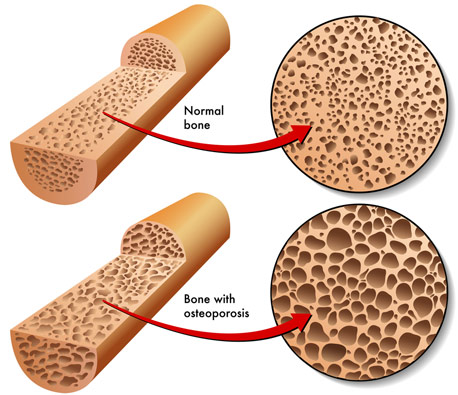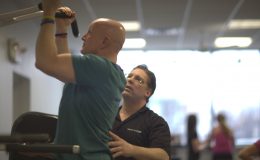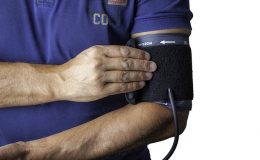Resistance Exercise and Bone Mineral Density & Osteoporosis
The statistics on bone loss in the United States can be staggering. There are over 10 million Americans suffering from Osteoporosis, with 8 million of those being women. Osteoporosis is defined as advanced bone loss. An even larger 35 million are diagnosed with Osteopenia, which is defined as bone mineral density lower than normal, and the beginning stage of osteoporosis. At age 50, muscle is lost at a rate of 10% per decade, and bone loss occurs at an alarming rate of 30% per decade. Risk factors also include being female, low levels of lean mass, low levels of sex hormones, menopause, and smoking.
If you fall into any of the above categories, don’t worry. There are a few steps to take to turn this around. Resistance exercise will not only prevent further bone loss, but it will also promote new bone formation. It is important to remember that bone is not a static apparatus; rather they are constantly shaping, re-modeling, breaking down, and rebuilding. So what role does resistance training play? Strength training puts stress on your muscles, and causes a drop in blood-calcium levels. This drop stimulates osteoblasts, cells responsible for the production of new bone. Studies have shown that a consistent strength-training program will produce a response in the body to form new layers of bone. Resistance exercises also help with balance and coordination, preventing falls and therefore breaks or fractures.
Where to begin? A good resistance-training program should include a full-body workout, incorporating both major and minor muscle groups. Perform 1 set of 8-12 repetitions for any given exercise. You should use a progressive weight increase of about 5% after 12 repetitions are reached on a regular basis. Be sure to utilize controlled movements using a cadence of 3-4 seconds during the positive phase, and 3-4 seconds on the negative phase. Always implement active rest days, where you give your body a break from training for a minimum of 48 hours.
While you are not exercising, there are other steps to take to help enhance overall bone density. Protein consumption post-workout allows for faster recovery of muscles and bones. Calcium intake, whether through food or supplement aids in new bone formation. Vitamin D is also valuable in increasing Calcium absorption. Keep in mind these are not a recipe for a “patch” or temporary fix, but rather an ongoing process to rebuilding bone mineral density, and keeping it that way.
Request a complimentary first session at Vertex Fitness, Voted the BEST Personal Training Studio on the Main Line
Click HERE and we will schedule a session to try it yourself
.





Leave a Comment